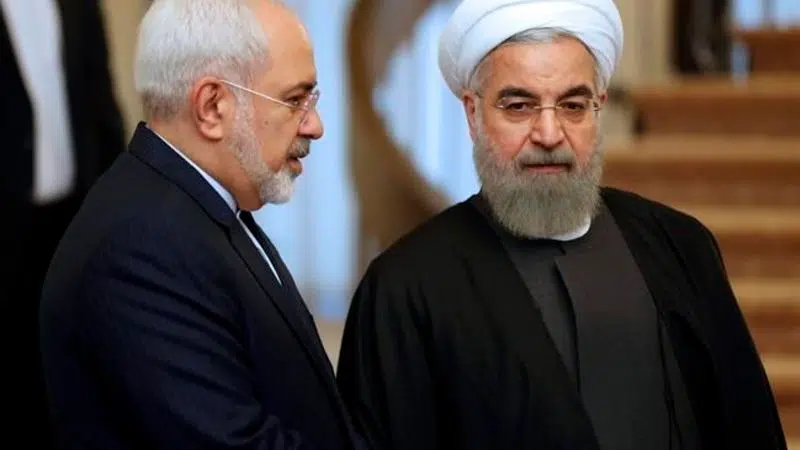
Iran’s foreign minister resigns as his nuclear deal teeters
TEHRAN, Iran — Iranian Foreign Minister Mohammad Javad Zarif resigned without warning late Monday, offering an “apology” to the nation as the nuclear deal he negotiated with world powers is on the verge of collapse after the U.S. withdrawal from the accord.
Zarif’s resignation, if accepted by Iran’s relatively moderate President Hassan Rouhani, would leave the cleric without one of his main allies in pushing the Islamic Republic toward further negotiations with the West.
It remains unclear why Zarif chose to leave his post now and what effect it will have on the atomic accord, which Iran has been complying with. He likely briefed Supreme Leader Ayatollah Ali Khamenei before offering his resignation. Khamenei, who has final say on all state matters, previously backed the American-educated envoy through the nuclear negotiations.


